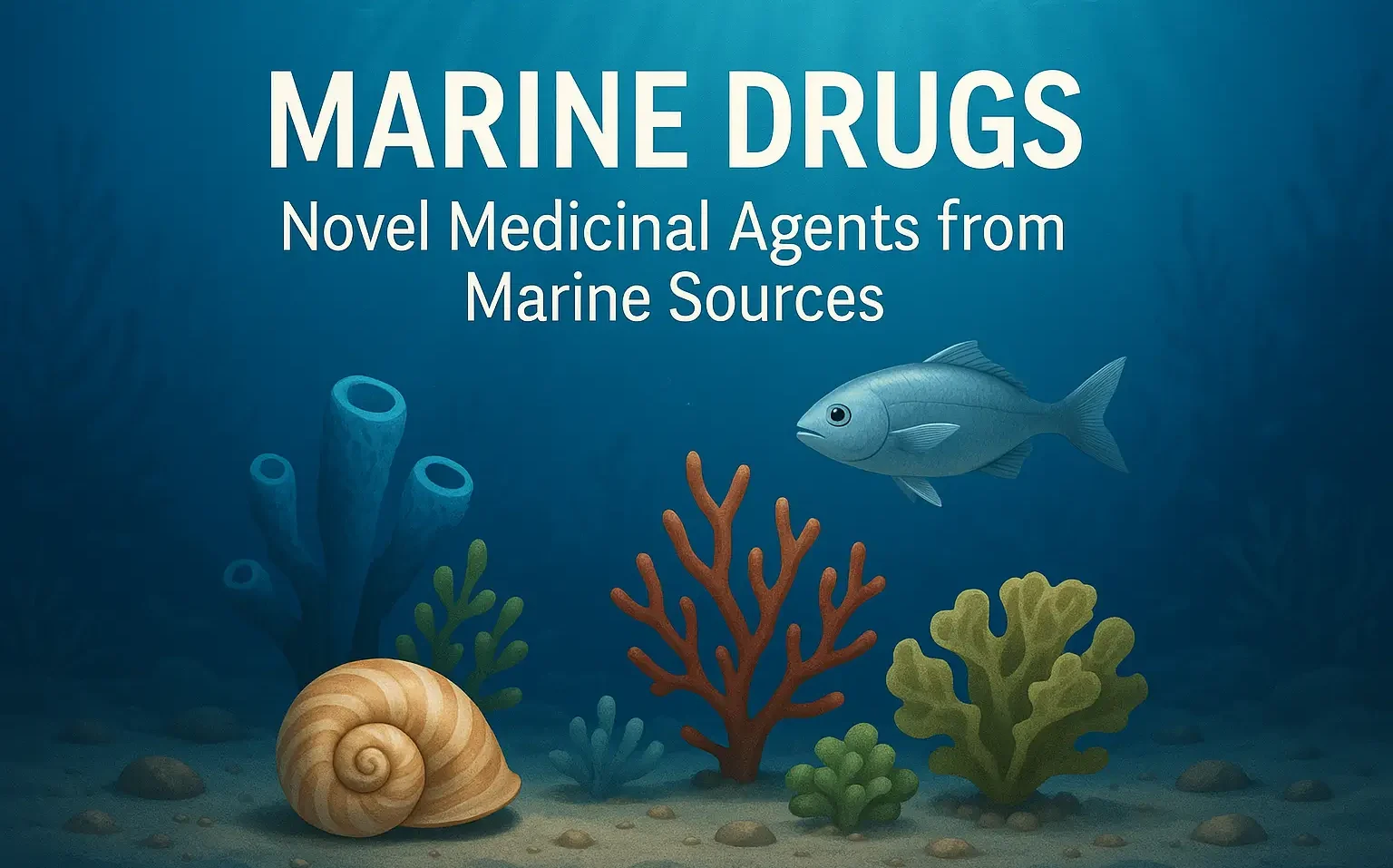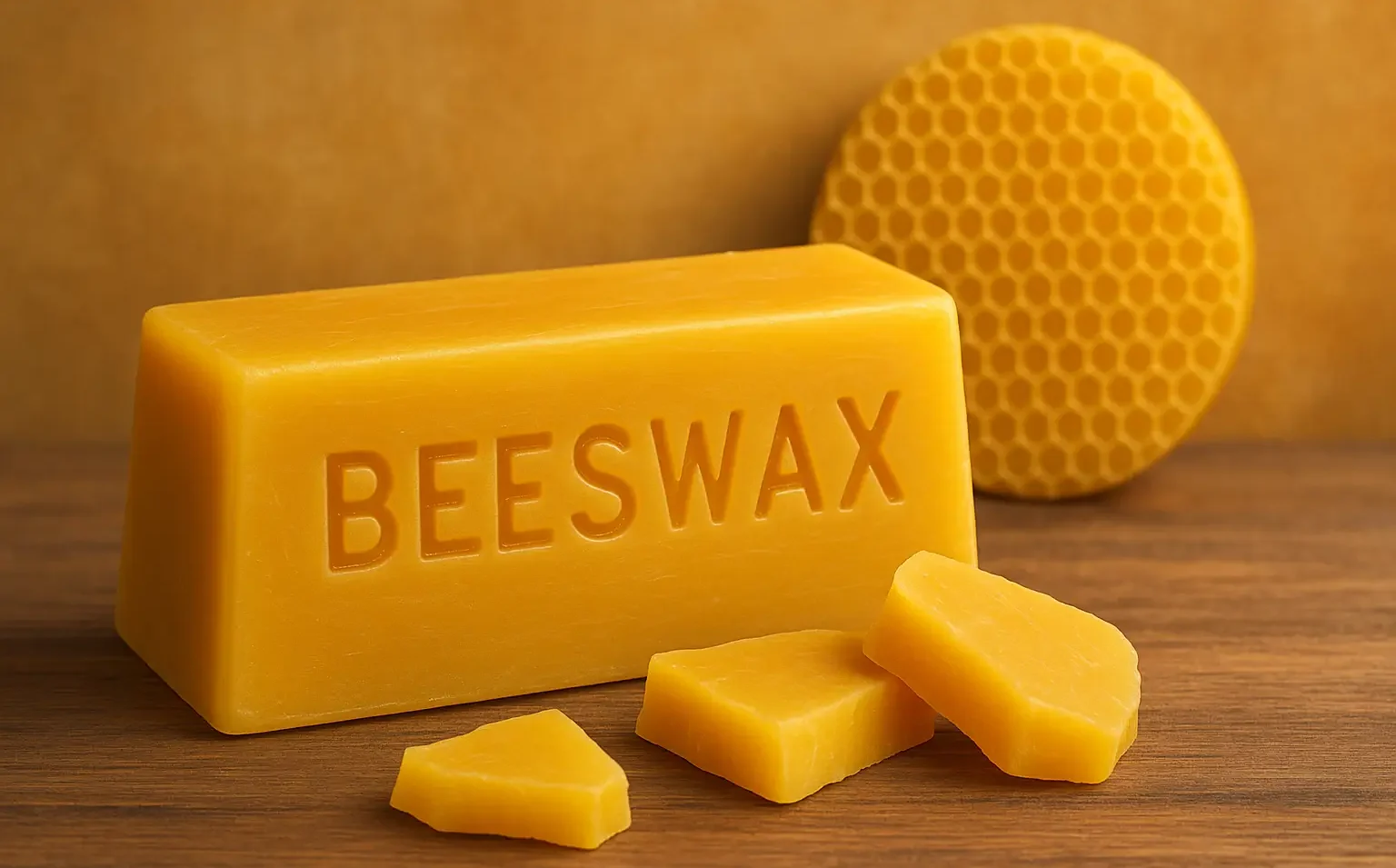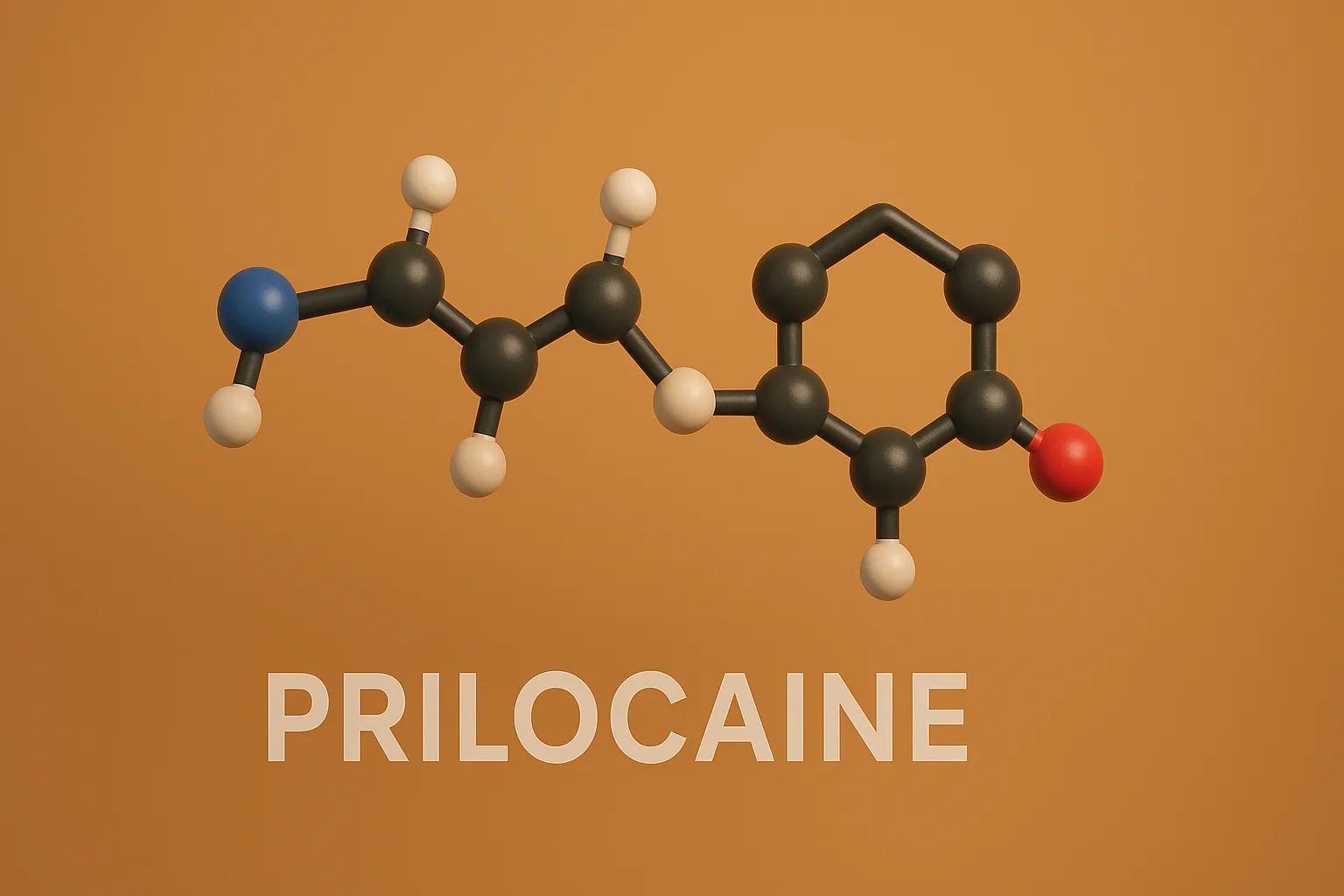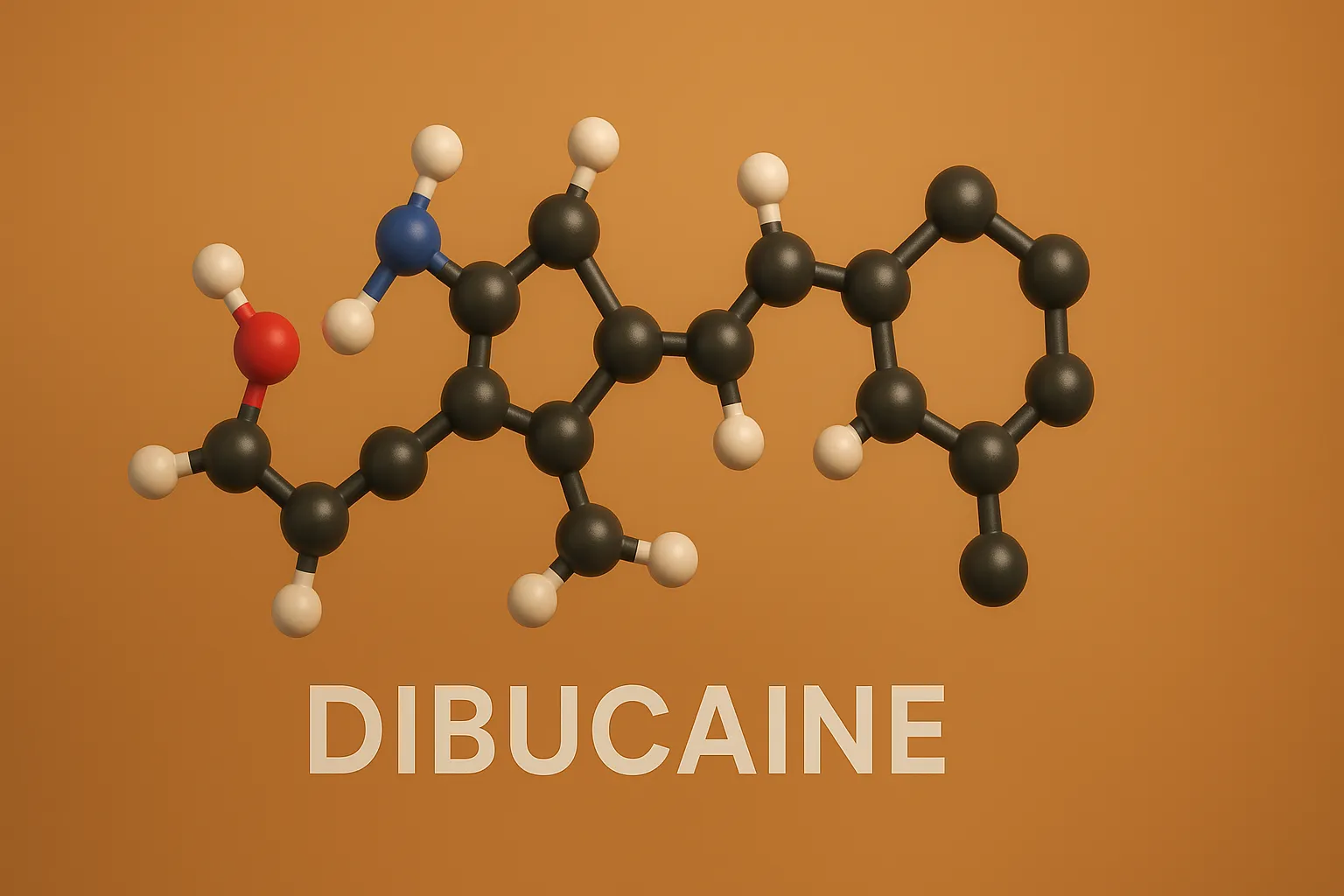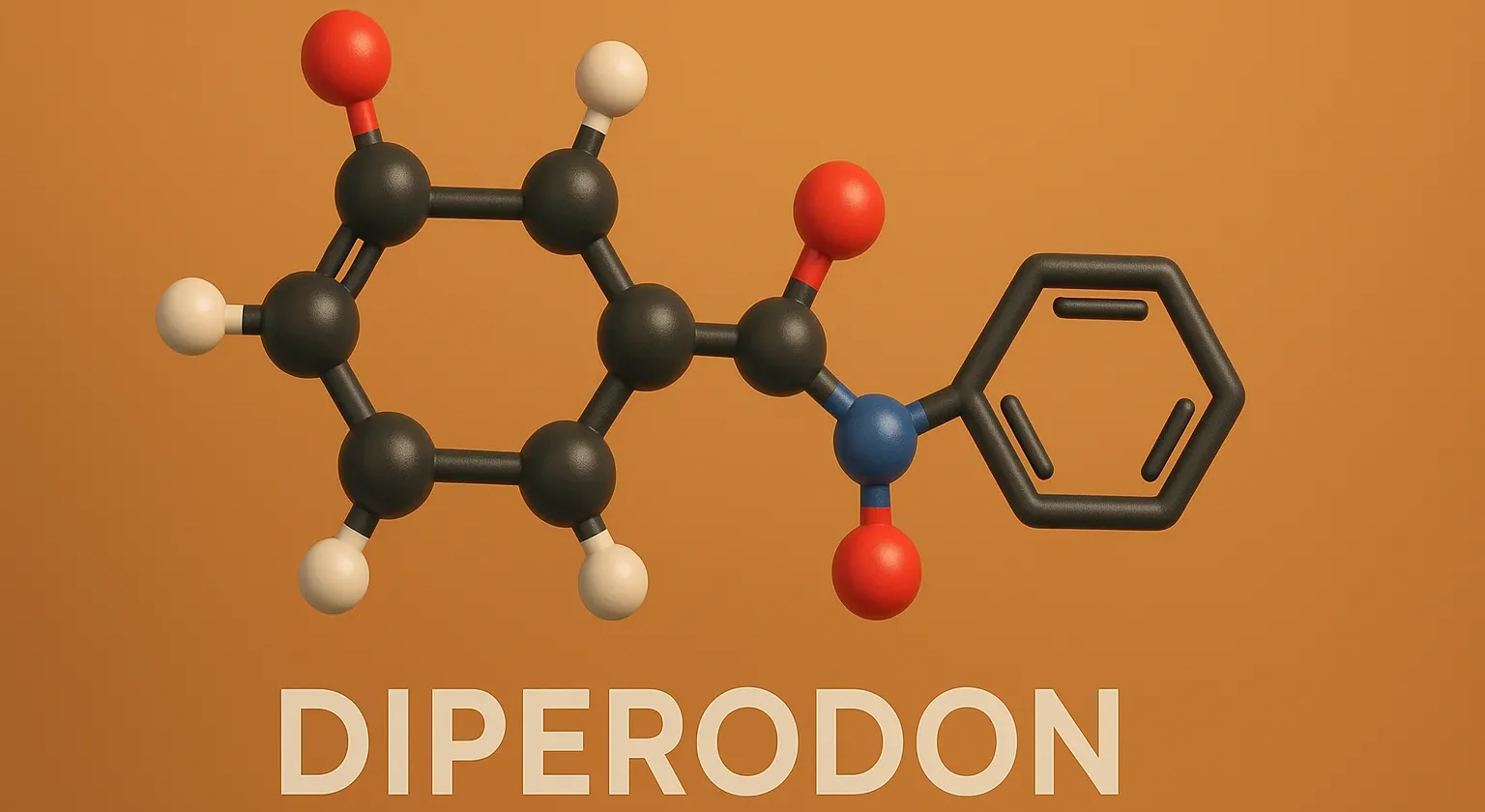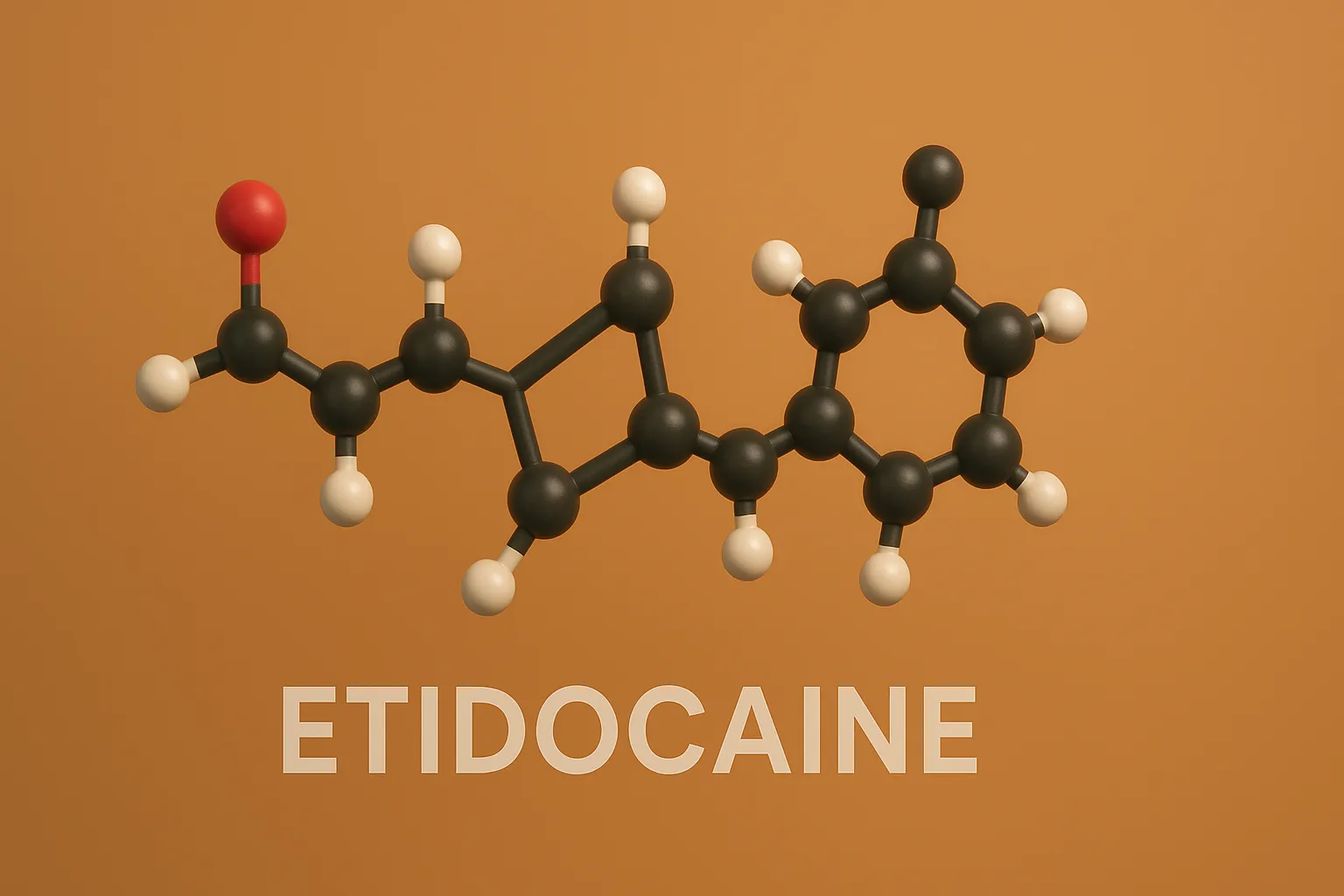Introduction to Medicinal Chemistry
Introduction to Medicinal Chemistry is an interdisciplinary science that lies at the intersection of chemistry, especially synthetic organic chemistry, and pharmacology, with contributions from biochemistry, computational chemistry, and molecular biology. Introduction to Medicinal Chemistry: Explores drug design, synthesis & action. It is a field dedicated to the discovery, development, and understanding of new substances that … Read more


